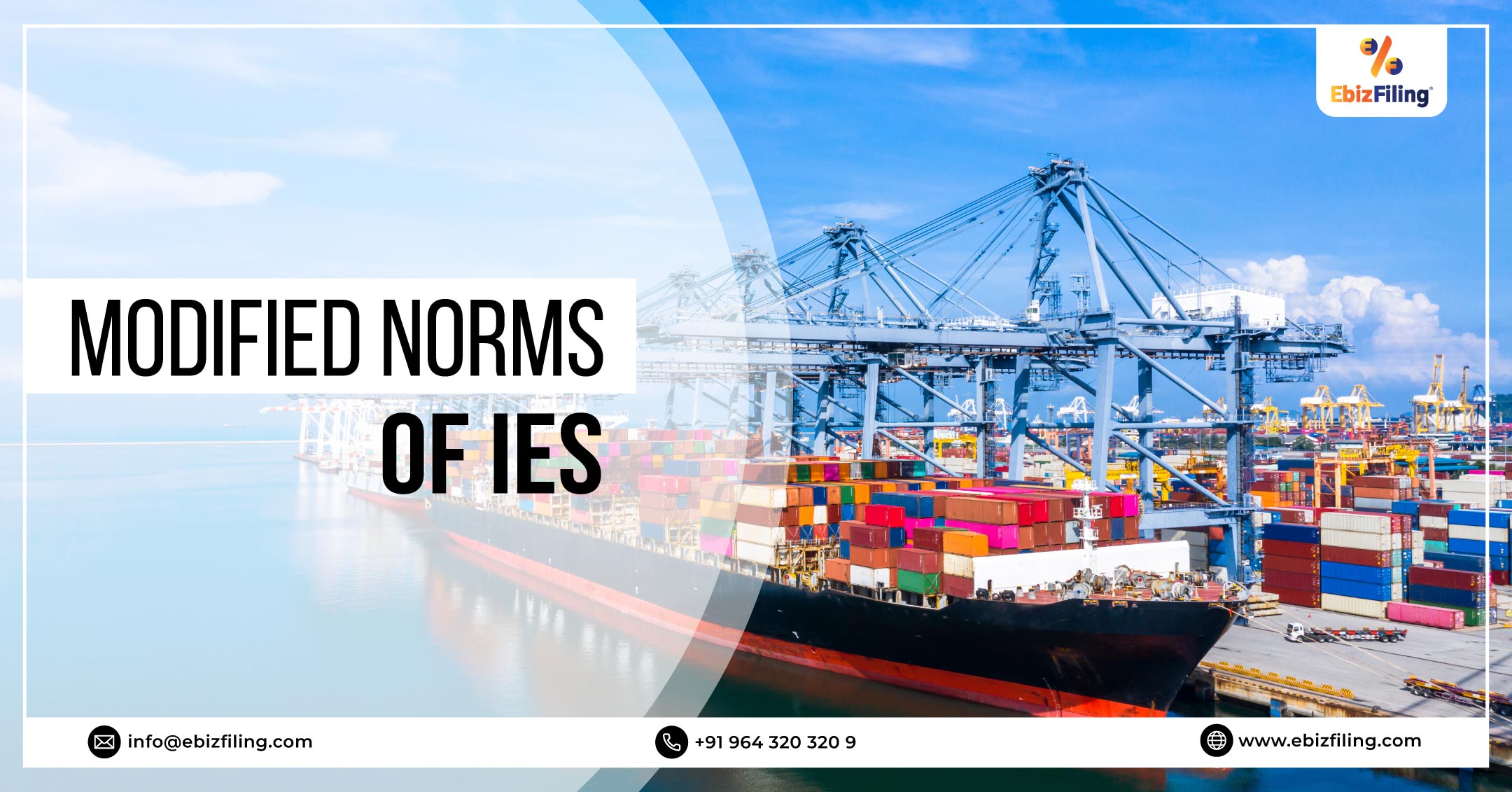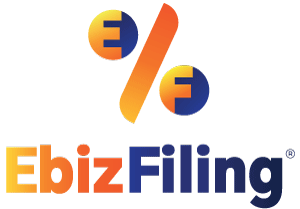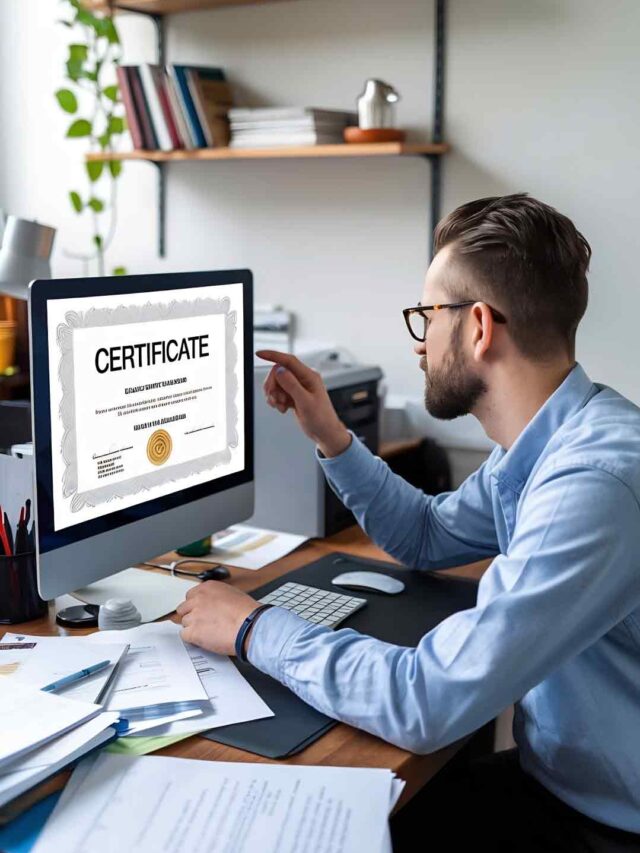
-
September 16, 2022
Interest Equalization Scheme for MSME – Modified Norms of Interest Equalization Scheme, Interest Subsidy Scheme extension by RBI, and IES Identification Number
Introduction
In order to increase outbound shipments, the Reserve Bank of India (RBI) has extended the interest equalization plan for pre and post-shipment rupee loans for MSME exporters till March 2024. The RBI also released modified norms for the Interest Equalization Scheme for Export Credit on March 8, 2022. In this article information on the Interest Equalization Scheme for MSME, Interest Subsidy Scheme extension by RBI, Eligibility Criteria, Changes in the Interest Equalization Scheme, and information on IES Identification Number is mentioned.
Interest Equalization Scheme for MSME
The Interest Equalization Scheme (IES), which offers exporters pre- and post-shipment export financing in rupees, was initially put into effect on April 1st, 2015. To receive this benefit, an eligible exporter must provide the concerned bank with a certificate from an external auditor. Based on the certification from an external auditor provided by the exporter, banks offer eligible exporters benefits under the Interest Equalization Scheme and then request reimbursement from the Reserve Bank of India. The programme aids the identified export industries in becoming more competitive globally and performing at a greater level on the export front.
IES Identification Number
When requesting Interest Equalization for their pre- and post-shipment rupee export credit applications, the concerned bank will immediately produce a Unique IES Identification Number, which must be provided to the exporter.
- In order to get benefits under IES, the auto-generated Acknowledgement including the UIN (Unique IES Identification Number) must be sent to the concerned bank with the required application.
- All applications made on or after 01.04.2022 must be accompanied by a UIN acknowledgement from the exporter and submitted to the relevant bank.
- Banks will keep checking and distributing benefits according to their own procedure. Through RBI, specific instructions for the bank to follow in order to validate the exporter’s submission are being made available.
Eligibility Criteria for IES
The interest equalization programme mostly applies to industries that employ lots of people and create jobs. Below are the criteria for availing the benefits of IES.
- Businesses operating in Processed food and agricultural sectors
- Instruments used in medicine, optical frames, lenses, and sunglasses
- Sector of handicrafts, hand-crafted carpets, and loom items
- Ready-to-wear industries
- Businesses that produce bicycle parts, auto components, and articles made of iron or steel
- All varieties of fabrics, toys, sporting products, paper, and stationary
- Manufacturers of jute yarn, coir, and related products
- Firms that produce cosmetics and toiletries, leather goods, and footwear
- Products Associated with Ceramics, Glassware, Industry, and Glass
- Base metal objects, industrial machinery, electrical goods, and engineering products
Modified Norms of Interest Equalization Scheme for MSME Exporters by RBI
-
Extension of the Scheme
The Interest Equalization Scheme for Pre and Post Shipment Rupee Export Credit Scheme has been extended by the government until March 31, 2024, or until further review, whichever comes first, according to a notification from the RBI dated March 8, 2022, which was sent to banks.
With effect from January 10,2021, and it expires on March 31, 2024. For MSME manufacturer exporters exporting on any HS (Harmonized System) lines, the revised interest equalization rates under the Scheme will now be 3%, and for exporters shipping under 410 HS lines, they will be 2%.
-
Interest Subsidy Scheme extension by RBI
The scheme was initially extended by the RBI until June 2021 and then again until September 2021 in April 2021. For a set group of MSME manufacturer exporters, it changed the interest equalization rates under the plan to 2 and 3 percent.
The “Interest Equalization Scheme for Pre and Post Shipment Rupee Export Credit” has now been extended by the government till March 31,2024, or until further review, whichever comes first. It started from October 1,2021, and it will last until March 31, 2024.
-
Rate changes for interest equivalence
The subvention rate was first set at 3 percent when the programme was first introduced, and as of November 2, 2018, it has been raised to 5 percent for MSME sectors. Large manufacturers and merchant exporters continue to pay a rate of 3%.
For MSME manufacturer exporters exporting under any HS lines, the revised interest equalization rates under the plan are now 3%, 2% for exporting under any HS lines, and 2% for manufacturer exporters and merchant exporters shipping under 410 HS lines.
Conclusion
The extension of the Interest Equalization Scheme for Pre and Post-Shipment Export Credit is one such crucial advantage for exporters. This programme was put into place in 2015 and ran for five years. It is extended further till March 31,2024 as a trade facilitation measure by the Directorate General of Foreign Trade (DGFT).
SSI MSME Registration
Claim your access to Government Subsidies, Priority Lending and a quick start up.
About Ebizfiling -










Reviews
Hemang Malhotra
08 Oct 2018I was new as an Entrepreneur when I had seen their post on social media. I contacted them regarding proprietorship and realized they their pricing is incomparable in the market also their services are really prompt. Thank you, Ebizfiling.
Neeta Vakhariya
09 Mar 2018Delighted to work with them. Very efficient and hardworking staff.
Riya Joshi
20 Mar 2018I expected them to be more helpful. Disappointed.
December 12, 2025 By Dhruvi
Skills every startup consultant must master in 2026 To Start With, Startups move faster than ever. Founders take quick decisions, test new ideas rapidly, and solve challenges on the move. In this fast environment, a startup consultant is expected to […]
December 12, 2025 By Dhruvi
Best software for managing early-stage startup clients To Start With, Managing early stage startup clients isn’t always straightforward. Founders move fast, change plans quickly, and expect clarity at every step. Their ideas grow overnight—and sometimes their challenges do too. In […]
December 12, 2025 By Dhruvi
How startup consultants can help founders avoid legal mistakes? To Start With, Most founders begin with a vision—building a great product, understanding their customers, and scaling quickly. Legal work rarely makes it to the early checklist. It’s only when complications […]